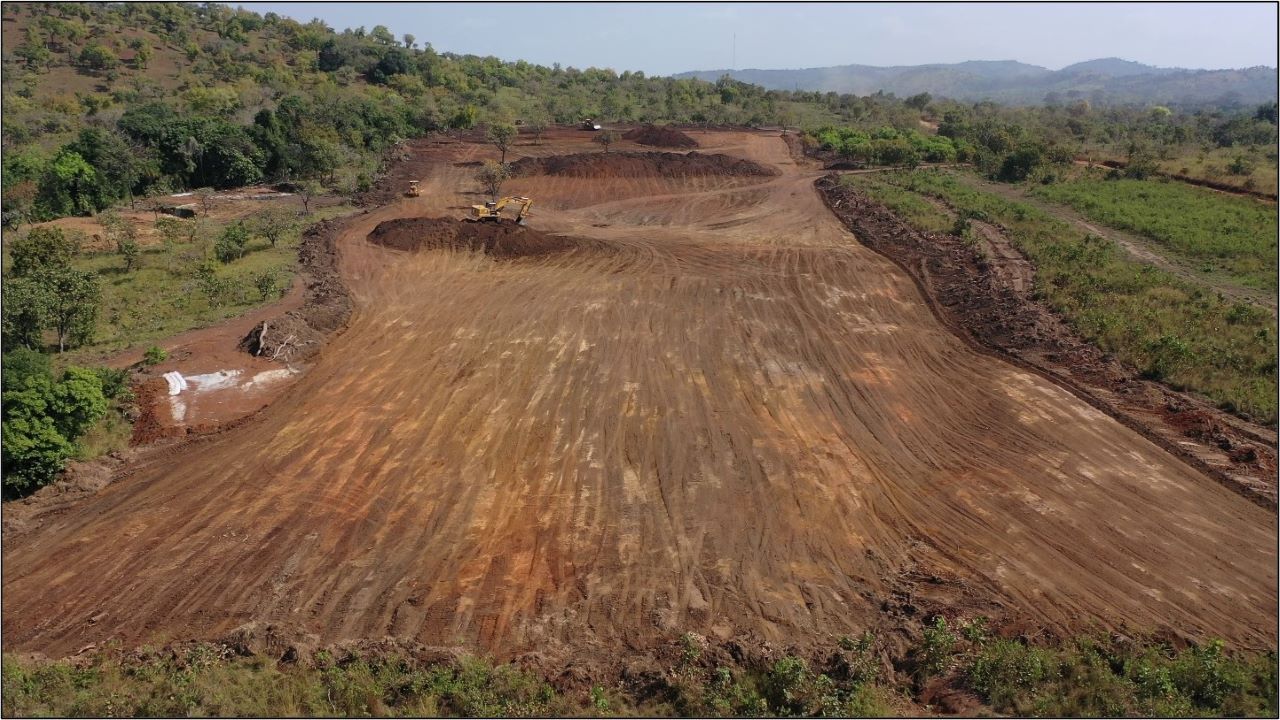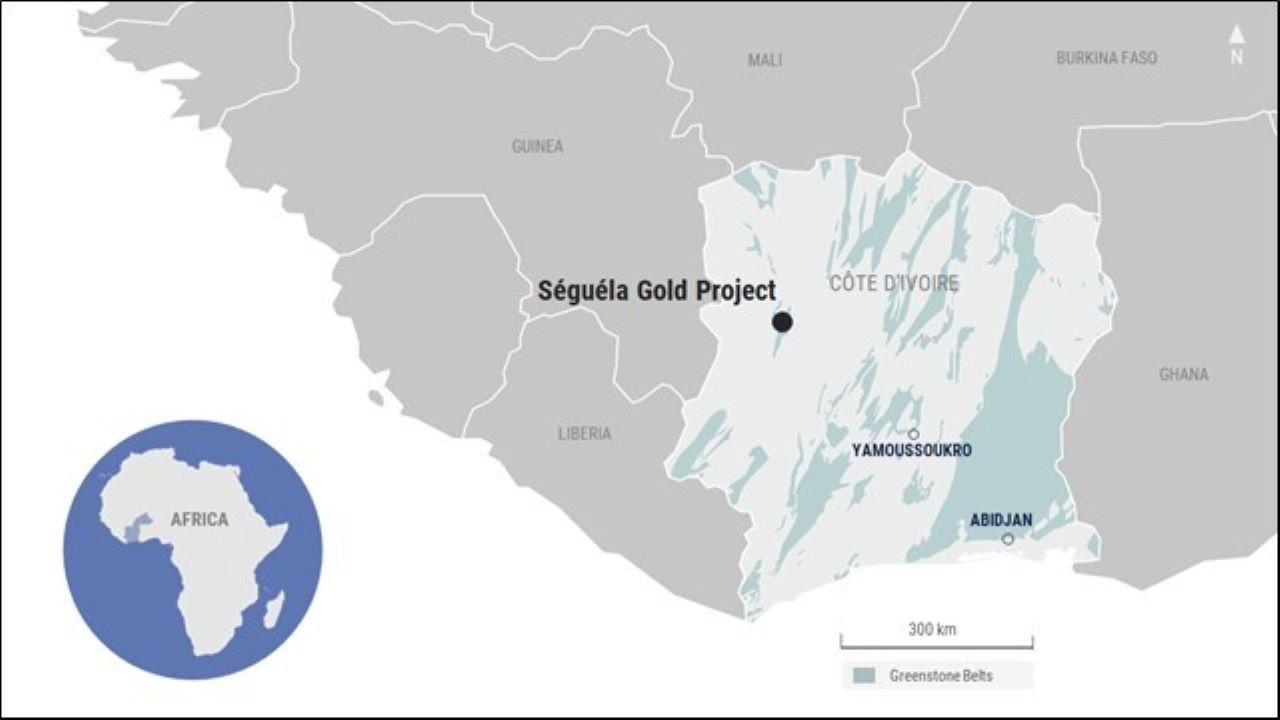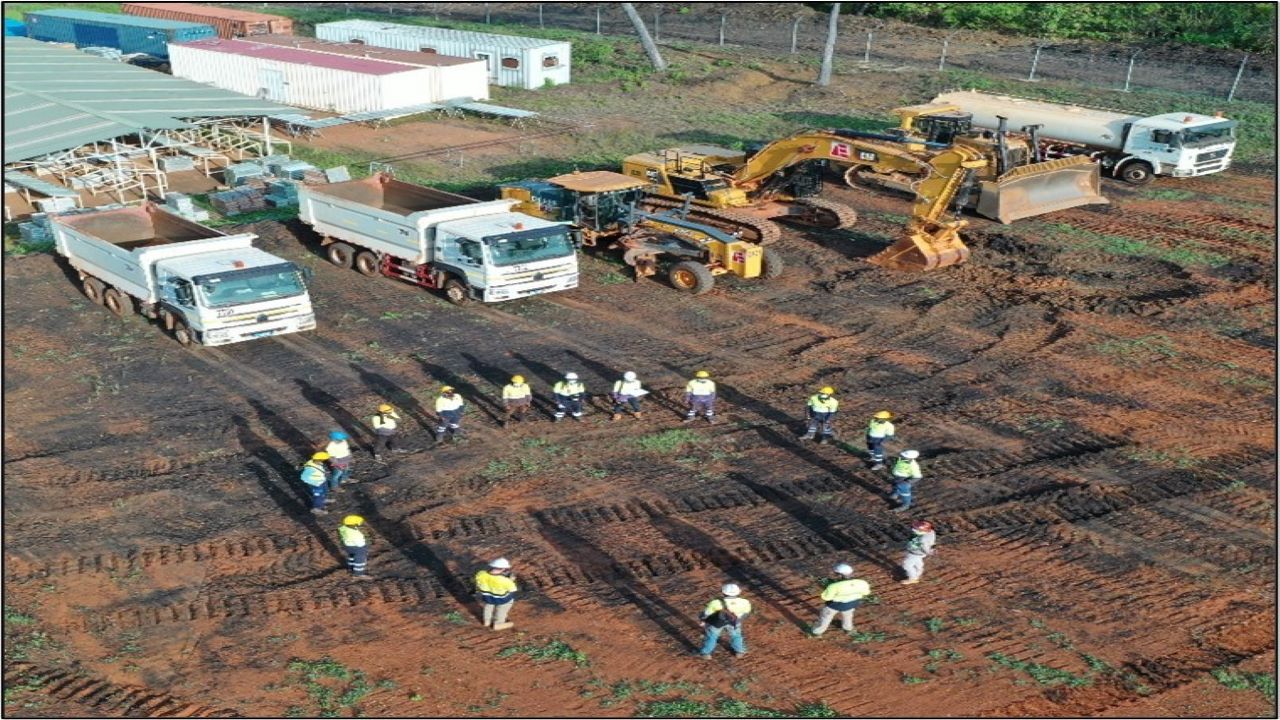The Seguela gold project is an open-pit mining development located in the western part of Cote d’Ivoire. Canadian gold miner Roxgold owns a 90% interest in the property, while the remaining 10% is held by the Government of Cote d’Ivoire. The Seguela project is among the highest-grade open-pit gold projects in the world.
The Cote d’Ivoire Ministry of Environment and Sustainable Development approved the environmental and social impact assessment (ESIA) of the project in September 2020. The mining permit was secured from the Government of Cote d’Ivoire in December 2020, while the feasibility study of the project was completed in April 2021.
The Seguela gold project is estimated to require a pre-capital investment of approximately $142m for an estimated mine life of nine years.
Seguela project location and geology
The Cote d’Ivoirean gold project is located within the Woroba District, approximately 500km from Abidjan. The property encompasses two exploration permits that cover an area of approximately 74,035ha.
The Seguela project is dominated by the litho-structural West Domain and East Domain, separated by a north-south trending mylonite zone. The Agouti, Ancien, and Boulder deposits are hosted by the East Domain, which is dominated by high strain granitoids, orthogneisses, andesite and basaltic units, and schists.
The Antenna deposit is hosted in the West Domain, which is characterised by mafic volcanic (basalts) and hypabyssal (sills and dykes) rocks, volcaniclastic rocks and rhyolitic lava flows, and minor granitoids.
Mineralisation and reserves
Mineralisation at the Antenna, Agouti and Boulder deposits includes brittle-ductile quartz-albite vein stockworks and is often associated with rhyolitic units. Mineralisation at the Ancien deposit is hosted by a network of quartz and quartz-carbonate veins located within a foliated/sheared tholeiitic basalt. All four deposits contain visible gold of up to 5mm, particularly at the Ancien deposit, with pyrite being the dominant sulphide species.
The proven and probable mineral reserve at the Seguela gold mine were estimated to be approximately 12.1 million tonnes (Mt) grading 2.8g/t gold (Au) with 1.1 million ounces (Moz) in contained gold, as of March 2021.
Mining methods at Seguela gold project
The Seguela gold mine will utilise conventional open-pit mining methods of drill and blasting, followed by conventional truck and shovel operations. The main Antenna deposit and the satellite deposits of Koula, Ancien, Agouti, and Boulder will be mined simultaneously.
Production from the satellite deposits will complement the Antenna production to achieve a baseline production rate of the processing plant at 1.25 million tonnes per annum (Mtpa), which will increase to 1.57Mtpa in the third year of operations.
The mining fleet will include two 200t excavators, and one unit each of 120t and 80t excavators in the later stages of the satellite pits. It will also comprise up to 20 Caterpillar 777 100t trucks to be used along with several smaller articulated trucks during the future stages of the satellite pits.
Initial mining operations will be provided by a contractor before the project moves to an owner mining arrangement after 3.5 years of operations.
Seguela gold project mineral processing
The run of mine (ROM) material will undergo crushing and grinding in a single-stage primary crusher and a semi autogenous grinding (SAG) milling comminution circuit. The undersize will report directly to the discharge conveyor, while the oversize will be fed to a primary jaw crusher to achieve further size reduction.
The SAG mill is conjoined with cyclones and the cyclone underflow is recovered by a semi-batch centrifugal gravity concentrator. The gravity concentrate then undergoes intensive cyanidation and the pregnant leach solution is fed to an electrowinning circuit in a dedicated cell located in the gold room.
The cyclone underflow undergoes trash screening and thickening prior to leaching in a carbon in leach (CIL) circuit. The loaded carbon from the CIL circuit is acid washed and treated in an Anglo American Research Laboratories (AARL) based elution process followed by an electrowinning circuit. The product is then smelted to produce the final gold dore bars.
Infrastructure at Seguela gold project
The Seguela property can be reached from Abidjan, via the A3 national highway to Yamoussoukro, before taking the A6 national highway to Daloa, and then the A5 highway to Seguela. The project area is accessed from Seguela via dirt roads.
The power supply required for the project is planned to be secured from the Cote d’Ivoire electricity grid via a 90kV powerline from the Laboa to Seguela substation.
A water storage dam will be constructed at the site to serve as the main collection and storage pond for clean raw and process water.
Contractors involved
Consulting firm CECAF was selected to perform the project baseline studies and prepare the ESIA. Geodrill was contracted to undertake drilling activities at the Seguela gold project.
Lycopodium, Knight Piésold Consulting, CSA Global, and ECG were involved in the project’s preliminary economic assessment (PEA).






